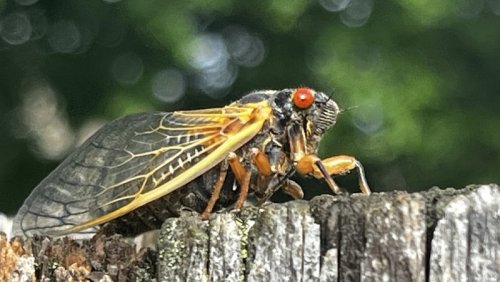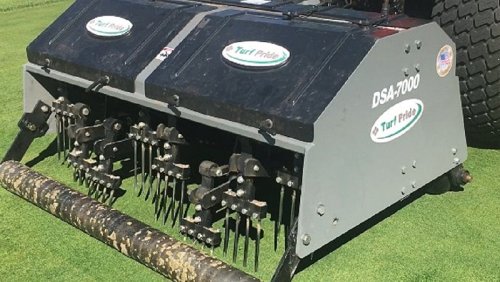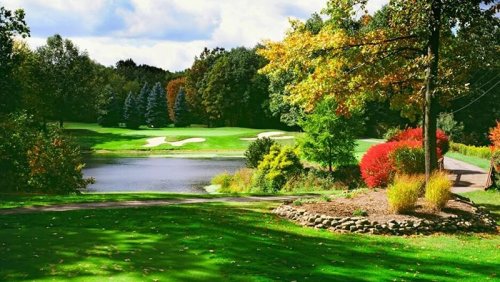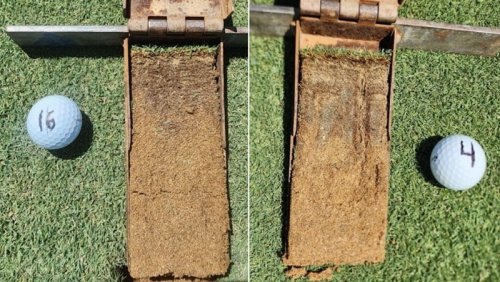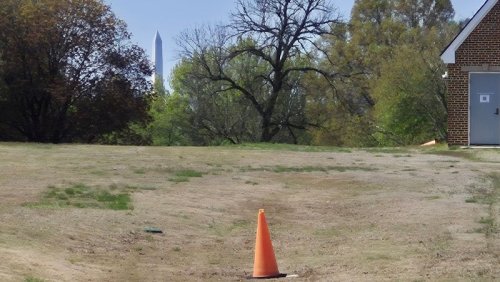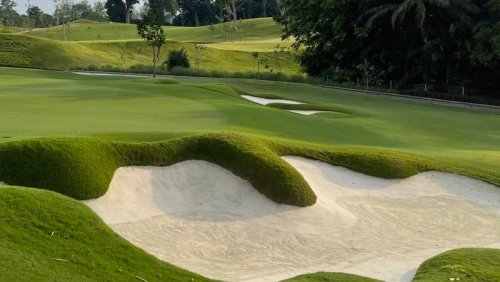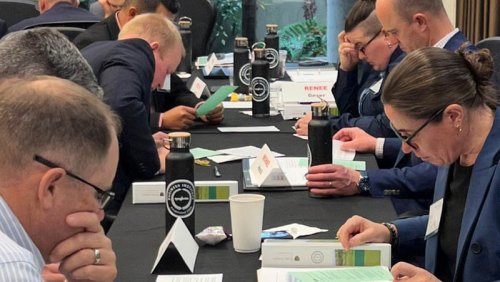

A recent study published in the Journal of the American Medical Association indicates a link between increased incidence of Parkinson’s disease and living near a golf course.
According to the study, people who live within three miles of a golf course showed a greater risk of contracting Parkinson’s disease than those outside that three-mile arc. Those living within a mile of a golf facility faced a 126 percent greater chance of getting the disease than those who lived at least six miles from a course.
Although the study indicates a possible link between golf course management practices and the likelihood of contracting Parkinson’s disease, it does not and cannot prove a direct cause and effect.
Limitations of the study include:
Limited geographic context Limited demographics Does not account for surface water drinking sources Does not account for changes in golf course management practices Does not account for other factors that play a role in causing Parkinson’s disease Does not account for other impurities in drinking water supplies
The study indicates that those who shared a groundwater source with a golf course had a 96 percent greater chance of getting Parkinson's disease, compared with those who did not, and a 49 percent greater chance compared with those whose water came from private wells.
The study was based on residence and health records of more than 400 participants in the Rochester Epidemiology Project from 1991-2015. Data were analyzed in the summer of 2024, and the findings published May 5 in the Journal of the American Medical Association.
The Rochester Epidemiology Project is a collaborative effort of clinics, hospitals and medical facilities in Minnesota and Wisconsin that have agreed to share medical records for research purposes. That list of facilities includes the Mayo Clinic, Olmstead Medical Center and Zumbro Valley Health Center.
Authors of the study included researchers from the Mayo Clinic in Rochester, Minnesota, Barrow Neurological Institute in Phoenix, Rush University Medical Center in Chicago and the University of Rochester in New York.
There are several factors this study fails to account for.
Among those factors is the limited geographic and demographic context of the research that was limited to a largely caucasian population in parts of Minnesota and Wisconsin only. It also is unable to reliably account for changes of residence three years before onset of Parkinson’s was detected.
The study also fails to account for other factors that contribute to Parkinson’s disease — such as genetics — that can take decades to manifest.
Golf course superintendents have proven time and again to be good stewards of the environment, and as such much has changed in the way they manage golf courses since 1991 (the first year of data in the study). Many products that were common 35 years ago have since been banned and/or replaced by safer products with lower use rates, changes researchers were unable to factor into their findings.
Most notably, the study does not account for the fact that most golf courses are by their nature located near population centers and that there are other impurities found in municipal drinking water supplies that come from many other sources than golf courses.
The Rochester team that conducted this study says it next plans to seek more information on the threat of Parkinson's disease by analyzing health records for 22 million people on Medicare and data from "about 16,000 golf courses," which sounds like all of them.
No word yet on whether the expanded study will include effects of other contaminants from sources like agriculture runoff, industrial plants, landfills, underground fuel-storage tanks and sewage dumps, or how things like lead and microplastics get into the water system.
People in golf should be accustomed to singularly focused attacks by now. Just know that there are more coming.
- Read more...
- 4,723 views



